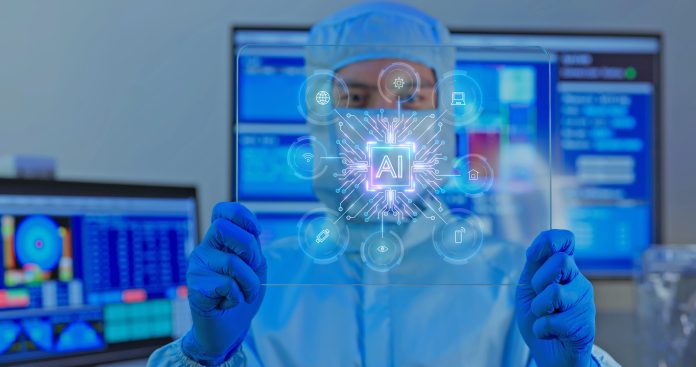The European Commission has announced a new strategy aimed at enhancing the use of Artificial Intelligence (AI) in scientific research
Titled “A European Strategy for Artificial Intelligence in Science,” the strategy is designed to foster innovation, improve research efficiency, and ensure Europe remains competitive in the global AI landscape.
Joining this strategy is a report from the Joint Research Centre (JRC) that provides in-depth insights into how AI is currently used in science, what challenges remain, and how policymakers can support its growth.
AI research activity
According to the JRC’s analysis, the European Union holds the largest share of AI research players globally. By 2024, 13% of global AI actors with research and innovation activities were based in the EU.
This places Europe ahead of major players, such as the United States (4%) and China (1%), in terms of AI-focused research institutions.
This strong foundation offers an opportunity for the EU to lead the global shift towards AI-driven scientific advancement.
AI-powered science
To fully use AI’s potential, the strategy emphasises the need for strong infrastructure and shared resources. Powerful AI models require immense computing capacity and high-quality datasets. As such, the plan outlines investments in High-Performance Computing (HPC), AI Factories (collaborative innovation ecosystems), and open scientific data repositories.
This plan aims to ensure that researchers across Europe have access to the necessary tools, resources, and collaborative environments to effectively and responsibly integrate AI into their work.
The need for talent
As AI becomes increasingly integrated into the scientific process, researchers will need to acquire new skills to work effectively with these technologies. The JRC emphasises the need for hybrid teams that combine deep technical knowledge in areas such as computer science and engineering with subject-matter expertise across various scientific disciplines.
Developing and retaining such talent will be a priority for future EU policies to ensure that human expertise continues to play a significant role in scientific discovery, even as AI systems become more advanced.
AI is already proving useful across a wide range of scientific disciplines. In the life sciences, for example, researchers are using AI to analyse protein structures more efficiently. In the humanities, AI tools are being used to uncover patterns in historical texts and cultural artefacts.
These applications show the technology’s versatility and potential to transform how scientists approach complex problems, generate hypotheses, and conduct data analysis.
The strategy aligns with EU goals outlined in the Competitiveness Compass and Clean Industrial Deal, both published earlier in 2025. These initiatives stress the importance of circular economy principles and efficient technologies in building a sustainable and resilient industrial sector.
By integrating AI into research and innovation systems, the EU not only strengthens its scientific capabilities but also supports climate goals, economic resilience, and job creation.
The creation of a new AI Evaluation Hub, led by the JRC, will help ensure transparency and accountability in the use of AI models in scientific fields. This hub will monitor, assess, and guide the responsible development of AI systems in key areas of research.
With strategic investments, talent development, and open science, the EU’s new approach aims to unlock the full potential of AI.











